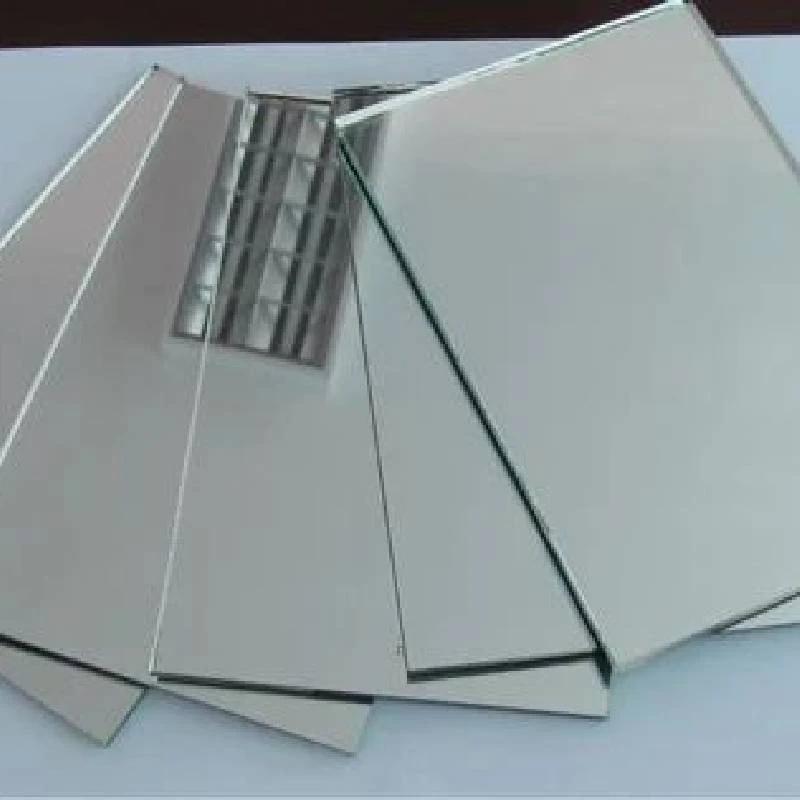

The Process and Significance of Tin Bath Float Glass Production
In the modern world of architecture and design, glass has become an essential material, not just for its aesthetic appeal but also for its functional properties. Among the various methods of glass production, the tin bath float glass process stands out due to its ability to create high-quality, flat glass with remarkably uniform thickness and clarity. This article delves into the tin bath float glass process, its significance in the industry, and the advancements that have arisen from this technology.
The Basics of the Float Glass Process
The origins of the float glass process can be traced back to the 1950s when Sir Alastair Pilkington developed it. The concept revolves around floating molten glass on a layer of molten tin, which allows the glass to spread out evenly, forming a flat, smooth surface. The process begins with melting raw materials, typically silica sand, soda ash, and limestone, at high temperatures to produce molten glass. Once the glass reaches the desired consistency, it is poured onto a bed of molten tin.
The melted glass floats on the tin due to a combination of gravitational and surface tension forces. As the glass spreads across the tin bath, it naturally levels out, creating a uniform thickness that can be controlled with precision. The dimensions of the glass sheets can be adjusted by altering the width of the tin bath and the speed at which the glass is introduced. This results in sheets that can range in thickness from a few millimeters to several centimeters, catering to various applications.
Advantages of Tin Bath Float Glass
One of the primary advantages of the tin bath float glass process is the quality of the finished product. The glass produced through this method is characterized by its exceptional flatness and optical clarity, making it ideal for use in windows, facades, and interior spaces. The uniform thickness also reduces the chances of warping and distortions, which can occur in other types of glass manufacturing.
Additionally, because the glass floats on molten tin, contamination from other materials is reduced significantly. This is crucial, as impurities can lead to bubbles or defects in the glass. The purity of the glass produced is often superior to that made using other processes, further enhancing its desirability in the market.

Environmental Considerations
With increasing awareness about sustainability and environmental impact, the float glass industry has also made strides in reducing its carbon footprint. The tin bath method offers better energy efficiency compared to traditional glass-making processes. The use of molten tin can help maintain lower temperatures in the production line, which not only conserves energy but also leads to lower emissions during manufacturing.
Many modern float glass plants have adopted technologies that allow for the recycling of glass cullet, which is broken or defective glass. Incorporating cullet into the production process not only reduces waste but also lowers the amount of energy required to produce new glass, making the process more sustainable.
Future Innovations
The future of tin bath float glass production is bright, with ongoing research and development aimed at further improving the manufacturing process. Innovations in materials science are paving the way for the creation of new types of glass that are not only stronger and more durable but also offer enhanced thermal and acoustic properties.
Nanotechnology is also making its mark on the glass industry. By incorporating nanoparticles into the glass composition, manufacturers are developing products that provide better insulation and UV protection, thus expanding the versatility of float glass in various applications, from residential buildings to commercial skyscrapers.
Conclusion
The tin bath float glass process has revolutionized the way glass is manufactured, providing high-quality, reliable products that have become integral to modern architecture and design. Its advantages in quality, efficiency, and sustainability make it a cornerstone of the glass industry. As innovations continue to emerge, the potential for even greater advancements in glass technology ensures that the future of float glass will be as inspiring as its past. Whether for practical applications or artistic uses, tin bath float glass will undoubtedly remain a vital element of our built environment.